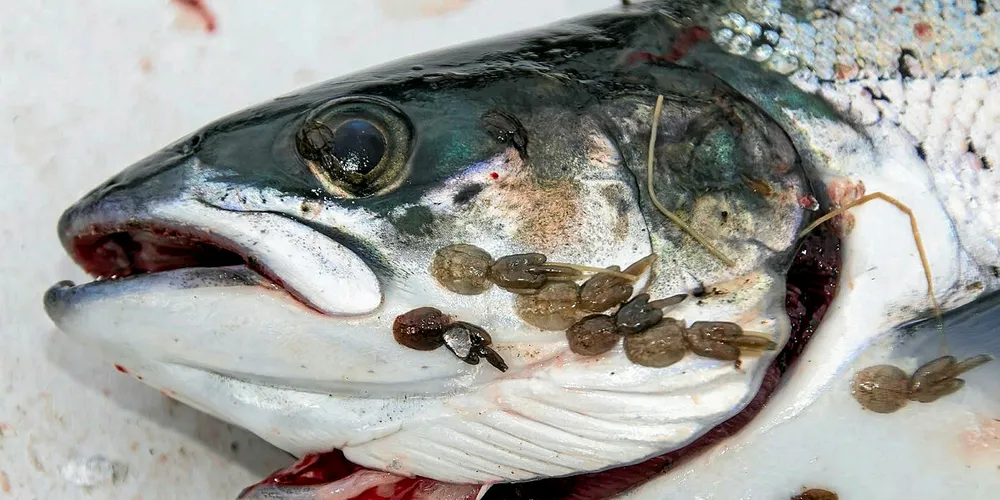Business intelligence: The salmon farming industry's biggest problem
As farmed salmon production has grown so has the search for a solution to the sea lice challenge.

As farmed salmon production has grown so has the search for a solution to the sea lice challenge.
